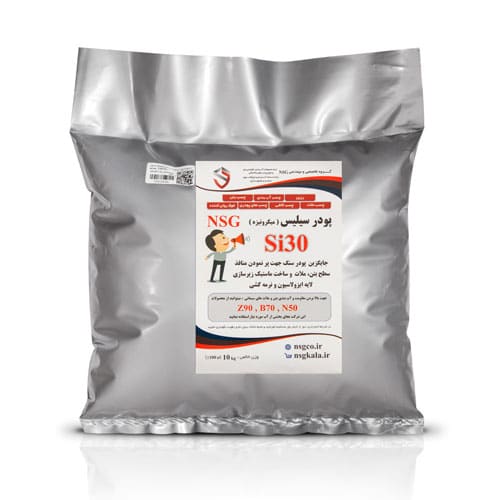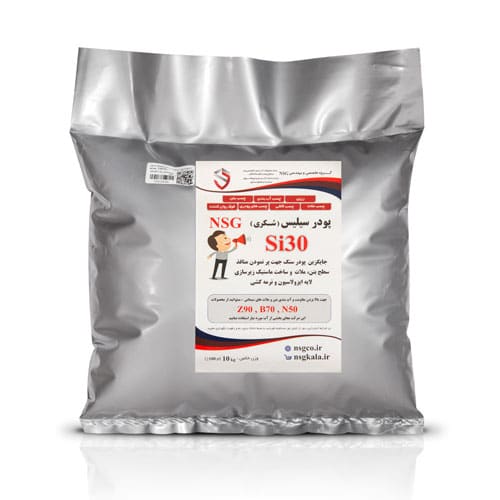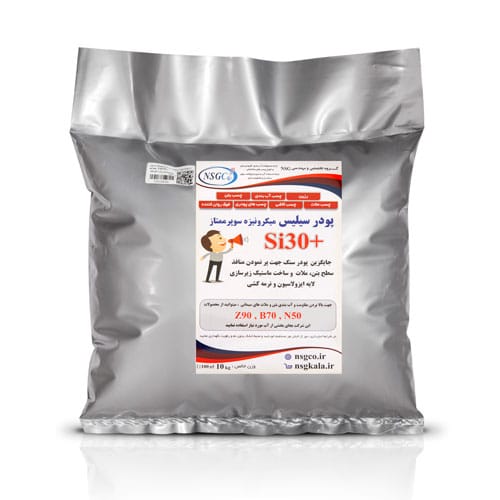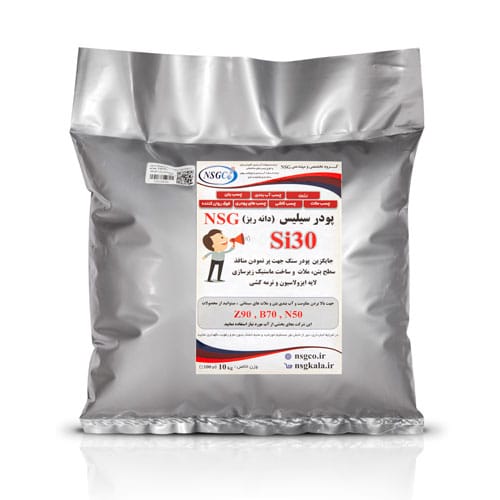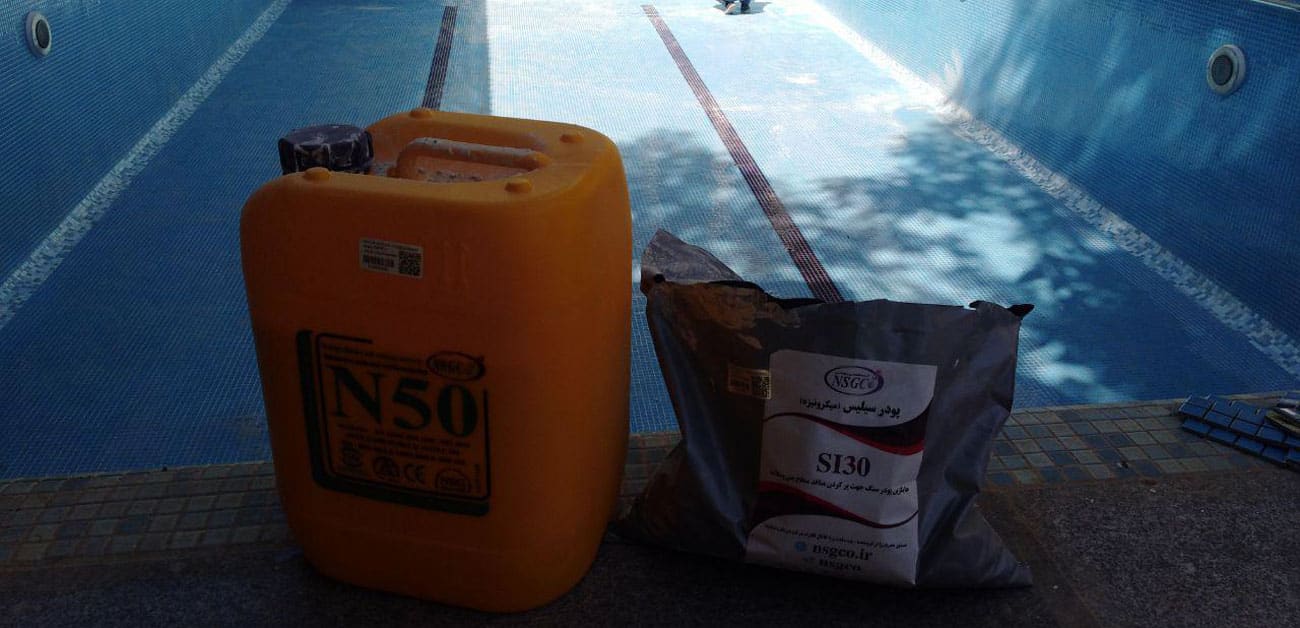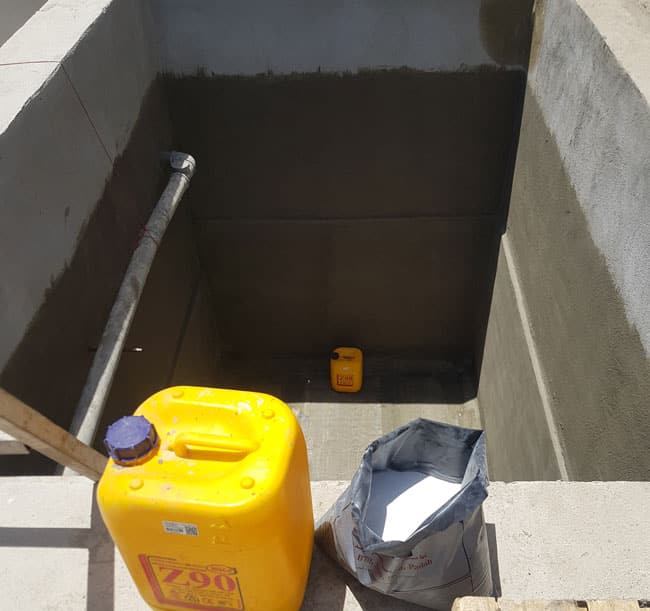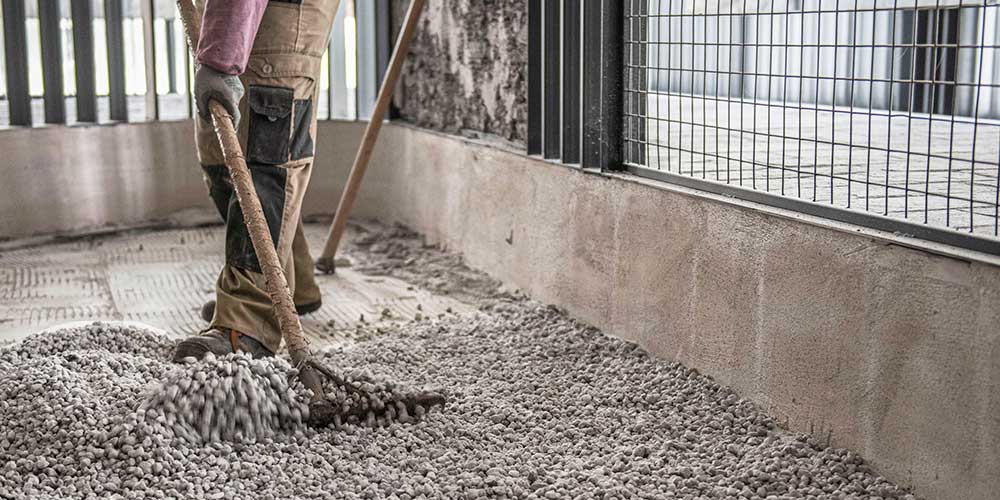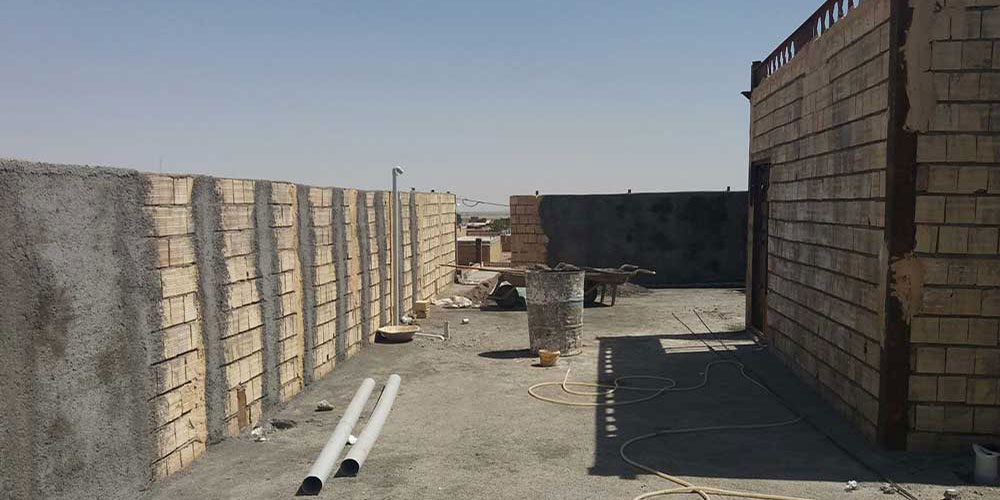Menu
close
- Home

Achievements

Certificates
- Sales and Business
- Technical Services
- ProductsWaterproof AdhesiveConcrete AdhesivesFacade ResinTile and mortar adhesiveSealing and CaulkingOther Construction Products
Waterproof Adhesive
Concrete Adhesives and Additives
Related Articles to Facade Resin
Tile adhesive and mortar additive
Related Articles
- Concrete admixture N50, mortar additive B70 & adhesive & resin Z90
- Waterproofing of ceramic-tiled floor and cement wall
- Recommendations for producing various types of concrete, waterproof and non-waterproof cement
- Cracks in concrete and methods to prevent them
- Pumice filling and structural weight reduction
- Disadvantages of Isogum
Sealing and Caulking
Other Construction Products
- Knowledge Base
- Contact Us
- Home

Achievements

Certificates
- Sales and Business
- Technical Services
- ProductsWaterproof AdhesiveConcrete AdhesivesFacade ResinTile and mortar adhesiveSealing and CaulkingOther Construction Products
Waterproof Adhesive
Concrete Adhesives and Additives
Related Articles to Facade Resin
Tile adhesive and mortar additive
Related Articles
- Concrete admixture N50, mortar additive B70 & adhesive & resin Z90
- Waterproofing of ceramic-tiled floor and cement wall
- Recommendations for producing various types of concrete, waterproof and non-waterproof cement
- Cracks in concrete and methods to prevent them
- Pumice filling and structural weight reduction
- Disadvantages of Isogum
Sealing and Caulking
Other Construction Products
- Knowledge Base
- Contact Us
-
Whatsapp


